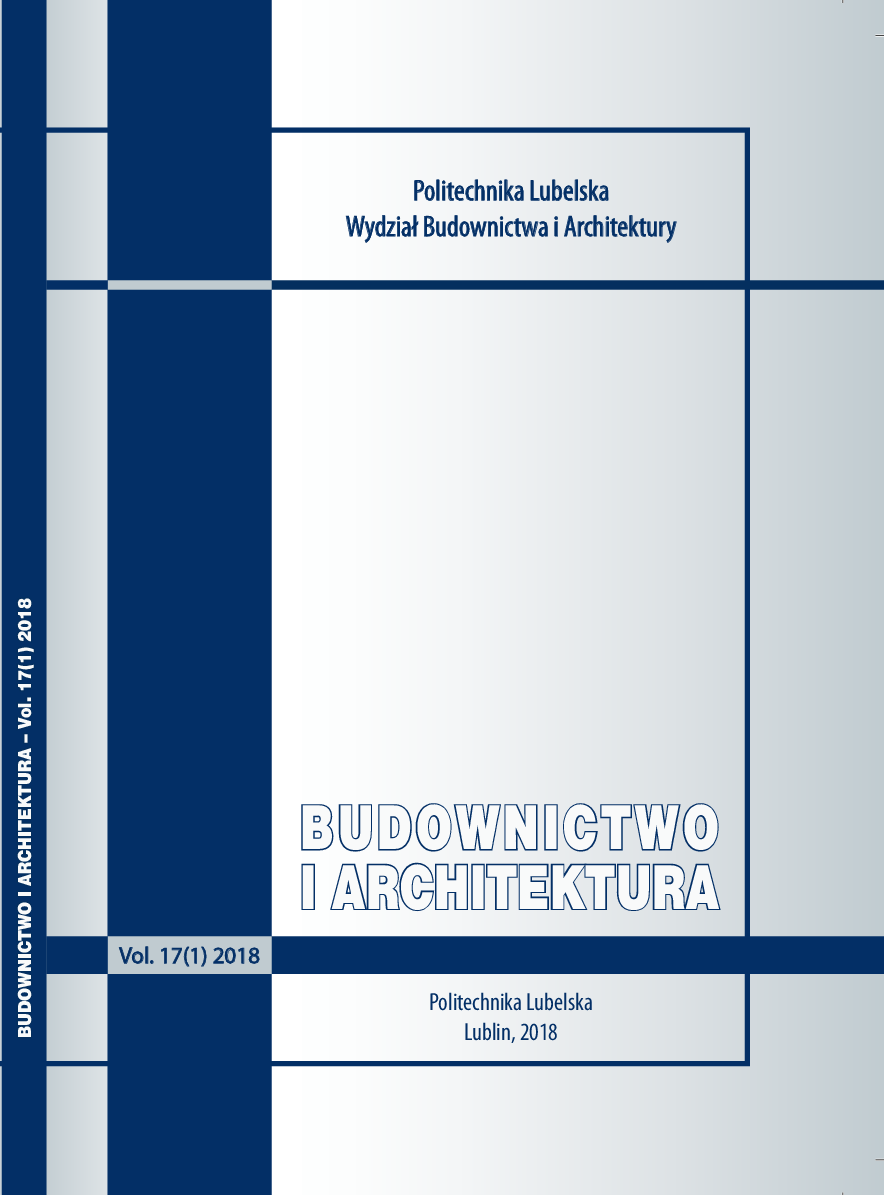Lubelszczyzna rocks in the construction and architecture of the region – glaukonityte
Skały Lubelszczyzny
w budownictwie i architekturze regionu – glaukonit
Author(s): Lucjan GazdaSubject(s): Geography, Regional studies, Geomatics
Published by: Biblioteka Politechniki Lubelskiej
Keywords: stone resources; glauconityte; Lubelszczyzna; Romanesque architecture
Summary/Abstract: The paper, intended as the first one in the cycle discussing Lubelszczyzna's rock materials and mineral raw materials used in construction, architecture and other engineering and technological enterprises in the course of history, looks into glauconite. This characteristic green rock is relatively unknown to the public, rarely mentioned in petrography and rock raw materials handbooks. The rock first appeared in architecture probably only in Chełm Land in 13th century and was used in the 1st phase of the construction of the capital of Chełm. Later, it was no longer in use, and its locations and places of sourcing became quite forgotten. From glauconite large-scale blocks could be produced as well as quite pronounced reliefs and complex compositions. It enabled the implementation of the ideological assumptions of the first Romanesque stone buildings between the Vistula and the Bug Rivers and, moreover, directly in the mature style of the Pisan School of 13th century. A petrographic and material analysis of this unique stone as well as the remains of its deposits make it possible to approximately locate the historical mining sites of glauconite and other areas where it occurred. On the basis of the accessible architectural and other structures as well as tools, a preliminary reconstruction of the stone workshop and architecture of the 13th century sacral-residential complexes of Wysoka Górka in Chełm can be performed.
Journal: Budownictwo i Architektura
- Issue Year: 16/2017
- Issue No: 3
- Page Range: 143-154
- Page Count: 12
- Language: Polish

